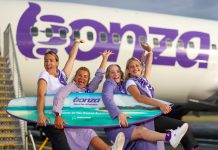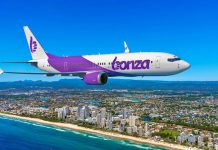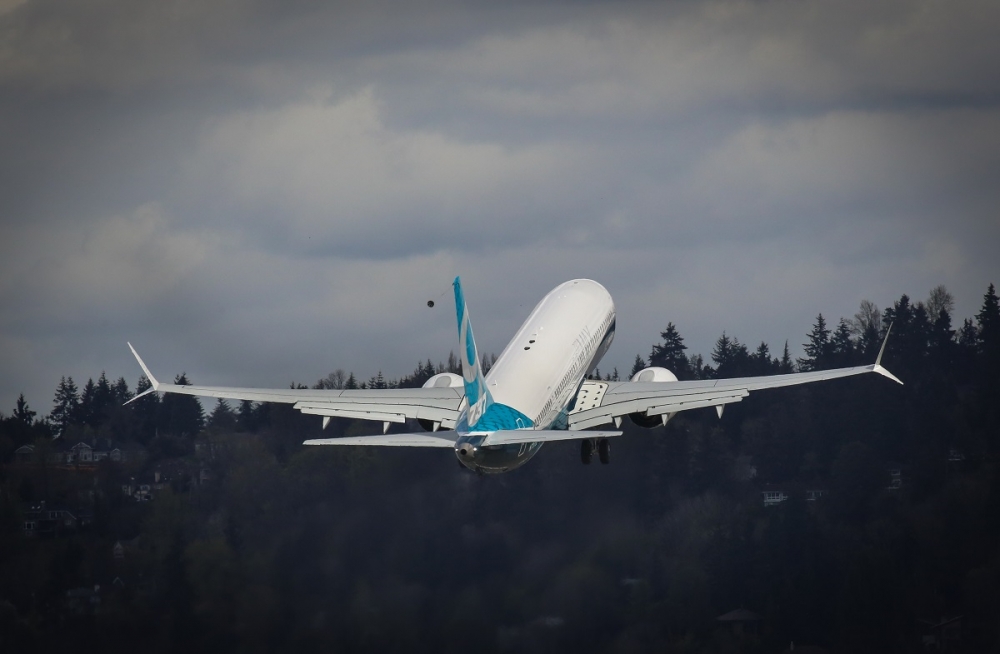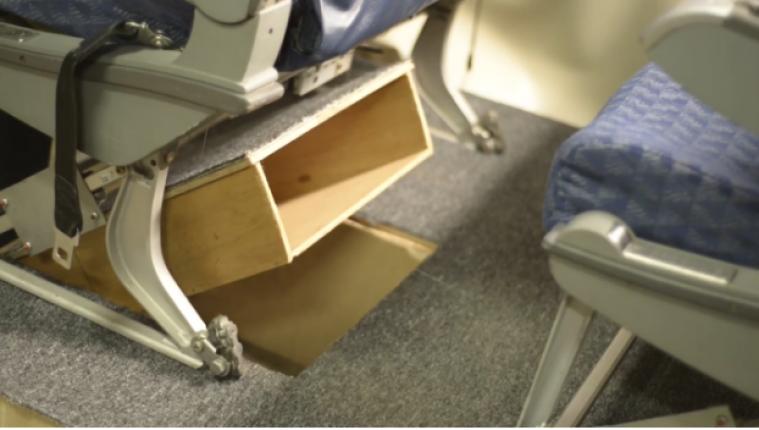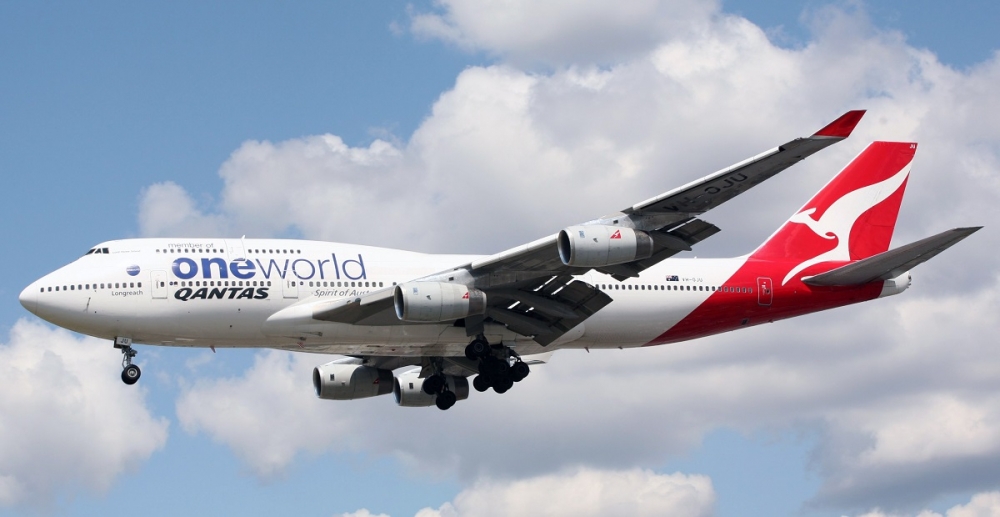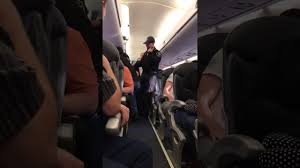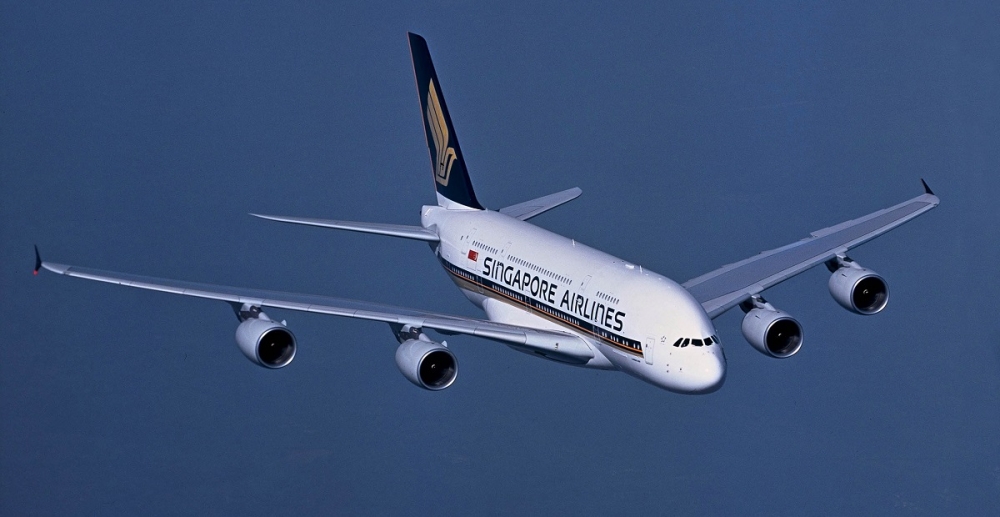Wake turbulence that is suspected of causing the upset that injured 15 on a Qantas 747, south of Hong Kong, on April 7 is a growing problem that needs another look.
According to Aviation Herald reports, there have been 34 wake turbulence incidents in the past 10 years but 11 of those have been in the past two years.
The most serious was the apparent encounter between an Emirates A380 and a corporate jet. The A380 was performing flight EK412 from Dubai to Sydney and was at FL350 about 630nm south-east of Muscat when the business jet passed underneath in the opposite direction.
The corporate jet, an MHS Aviation Challenger 604 was operating flight MHV-604 from Male to Abu Dhabi with 9 people on board and was en route at FL340.
After the A380 passed the crew lost control of their jet and were only able to regain control of the aircraft only after losing about 10,000 feet. A number of the passengers sustained injuries.
Wake turbulence is a natural by-product of powered flight but was not generally regarded as a serious flight hazard until the late 1960s, says the US FAA.
Interest – and concern – in this phenomenon greatly increased with the introduction of large wide-body turbofan aircraft during the late 1960s and a concern about the impact of greater wake turbulence.
The FAA said that “this was the impetus to conduct research to gain additional information and determine what safety considerations were necessary as more and more large aircraft entered the industry fleets.”
According to the FAA “an investigation of the wake-turbulence phenomenon, conducted by Boeing in mid-1969 as part of the FAA test program, included both analysis and limited flight test and produced more detailed information on wake vortices. The flight tests provided a direct comparison between the 747 and representative from the then current jet fleet, a 707-320C.
Those tests that were later extended made several observations;
1. The strength of the wake turbulence is governed by the weight, speed and wingspan of the generating aircraft.
2. The greatest strength occurs when the generating aircraft is heavy, at slow speed with a clean wing configuration.
3. The wake was observed to move down initially and then level off and it was never encountered at the same flight level as the generating aircraft or more than 900 feet below the generating aircraft.
Minimum radar-controlled wake turbulence separation distances were established for the following aircraft with the separation distances depending on the weight of both the leading and following aircraft.
Adjustments in separation distances were made as more information on the wake-turbulence phenomenon was gained during the 1960s, 1980s and 1990s, but the basic concept of using aircraft weights remained constant.
The US National Transportation Safety Board data show that between 1983 and 1993, there were at least 51 accidents and incidents in the United States that resulted from probable encounters with wake turbulence.
In these 51 encounters, 27 occupants were killed, 8 were seriously injured, and 40 aircraft were substantially damaged or destroyed.
But by far the worst encounter was the November 12, 2001 , loss of an American Airlines A300, Flight AA587, in New York with 265 lives lost.
The A300 took off after a Japan Air Lines Boeing 747, flight JL047, bound for Tokyo-Narita. While JL047 was preparing for takeoff, the tower controller called AA587, cautioned the flight crew about wake turbulence.
While in a climbing left turn, the crew of AA587 heard a rattling sound, possibly caused by wake turbulence and then fifteen seconds later the Airbus began to yaw to the right.
The first officer, who was the flying pilot, applied full right and left rudder and called for max power.
He then again full right and left rudder and the tail of the A300 snapped off and the plane crashed into the Queens area killing 5 on the ground as well as all on board.
According to Aviation-safety.net the probable cause was: “The in-flight separation of the vertical stabilizer as a result of the loads beyond ultimate design that were created by the first officer’s unnecessary and excessive rudder pedal inputs. Contributing to these rudder pedal inputs were characteristics of the A300-600 rudder system design and elements of the American Airlines Advanced Aircraft Maneuvering Program. ”
While the Airbus A380 has been singled out of attention, wake turbulence is an industry-wide problem that is increasing mainly because air traffic is doubling every 15 years.
And with that increase in air traffic comes congestion and more stacking or holding of aircraft prior to landing.
With more larger aircraft such as the A380, 747 and 777 and increasing traffic perhaps the time has come to revisit strategies to avoid wake turbulence.



